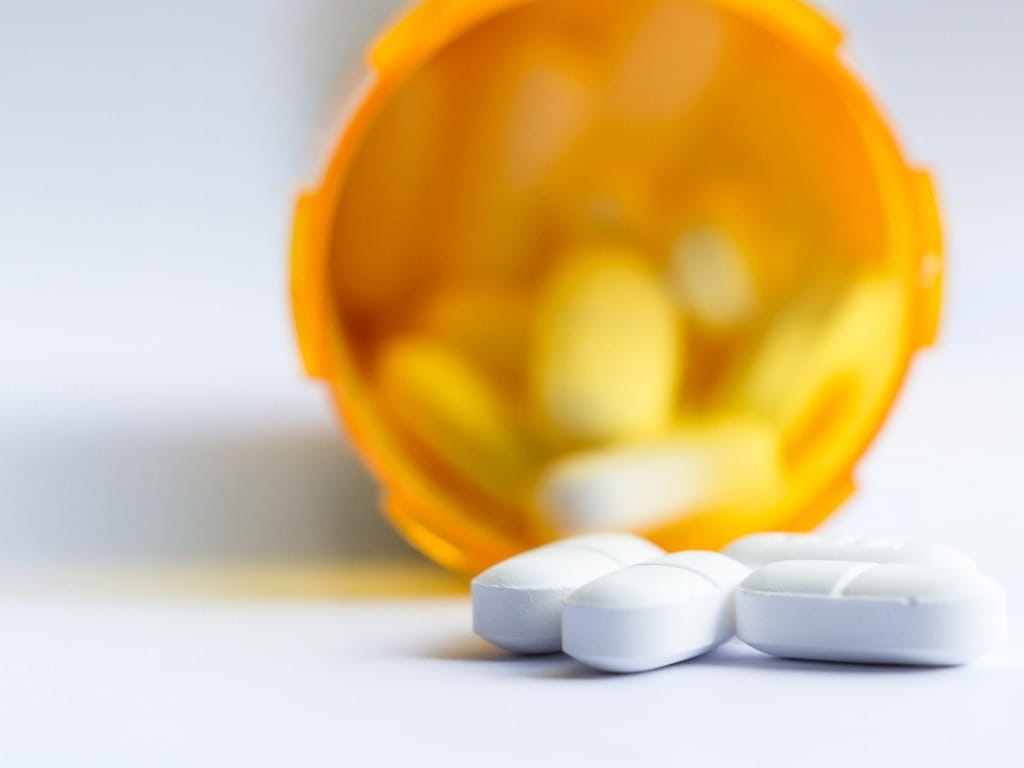Introduction to the Opioid Epidemic

The Bottom Line
Opioids are powerful drugs that can relieve pain but also impair breathing, leading to brain injury and death in overdose. The rising number of deaths involving opioids is referred to as the opioid epidemic. People are dying in numbers that exceed the death toll seen during the peak of the AIDS epidemic. Listen to our podcast, Poison!, to learn more.

The Full Story
What is an opiate or opioid? Although the two terms are often used interchangeably, they actually refer to two types of narcotic‑pain-relieving drugs with similar actions and side effects. Traditionally, opiate describes drugs that come from opium. Opium comes from the opium poppy plant and has many historical uses including treating pain and inducing sleep along with a long record of abuse. Opioid refers to drugs that are entirely or partially synthetic, or man-made, and mimic the effects of opiates. Listen to our podcast, Poison!, for more explanation regarding opioids. These drugs come in many forms, including tablets, capsules, injections, and even lollipops.
There are many ways to categorize the types of opiates/opioids that are available through both legal and illegal means. The following are examples of natural opiates (also called opium alkaloids), synthetic opioids, and semi-synthetic opioids.* In practice it is common to call them all opioids.
Opiates/opium alkaloids: codeine, heroin, morphine, opium
Synthetic opioids: butorphanol, diphenoxylate, fentanyl, meperidine, methadone, pentazocine, propoxyphene
Semi-synthetic opioids: buprenorphine, hydrocodone, hydromorphone, nalbuphine, oxycodone, oxymorphone
*This classification system does not imply safety, strength, or abuse potential. These drugs are often combined in the same tablets or capsules with other drugs like acetaminophen.
Opioids attach with variable strengths to specific sites in the brain and the stomach called opioid receptors. In the brain, they result in decreased pain, slowed breathing, and drowsiness. In the stomach, they reduce stomach emptying leading to opioid-induced constipation. The adverse effects of opioids are expected and typically manageable when these medications are used appropriately.
The window of safety for opioids is small and varies from person to person. Chronic users of opioids commonly become tolerant to their initial doses, meaning they require higher and higher doses of the same drug to achieve the desired effect. This is called opioid tolerance and it can occur in someone who has been taking an opioid for only a few weeks. People are considered opioid naive if they have not taken an opioid recently. Ironically, people who are opioid naive have a greater risk of experiencing the side effects linked to opioid use and overdose because of the absence of tolerance. People who have developed opioid tolerance are likely to have serious withdrawal symptoms when they stop taking opioids.
During an overdose, these drugs overwhelm receptors in the brain, reduce the body's drive to breathe, and eliminate the alarm response that would normally occur in an oxygen-starved state. Breathing can slow to a dangerous level or stop completely. Reversing these effects as quickly as possible is needed to prevent brain damage and death.
Unfortunately, opioid use has exploded and people are dying from opioid overdose at a rate that that exceeds the death toll seen during the peak of the AIDS epidemic. Whether it is adults, the elderly, veterans, teens, children, infants, no segment of society is unaffected by the opioid epidemic.
Lindsy Liu, PharmD
Certified Specialist in Poison Information
Diana N. Pei, PharmD
Certified Specialist in Poison Information
Pela Soto, PharmD, BSHS, BS
Certified Specialist in Poison Information
Poisoned?
Call 1-800-222-1222 or
Prevention Tips
- Follow medication instructions carefully.
- Store medications in a safe and secure location away from children, pets, and those who might abuse them.
- Do not take opioid medications with alcohol, illegal drugs, or other medications that could affect breathing.
- Learn more about the opioid epidemic on our podcast.
This Really Happened
A 12-month-old girl was found licking her grandmother's fentanyl lollipop. She became sleepy and was having trouble breathing, so 911 was called. By the time the child arrived at an ER her breathing had slowed to a dangerous rate, her skin was gray, and her eyes were rolled upwards. She required multiple doses of the opioid reversal agent, naloxone. Eventually she woke up and her breathing returned to normal. She remained in the hospital for a 2-day observation period and recovered fully.
For More Information
References
Poisoned?
Call 1-800-222-1222 or
Prevention Tips
- Follow medication instructions carefully.
- Store medications in a safe and secure location away from children, pets, and those who might abuse them.
- Do not take opioid medications with alcohol, illegal drugs, or other medications that could affect breathing.
- Learn more about the opioid epidemic on our podcast.
This Really Happened
A 12-month-old girl was found licking her grandmother's fentanyl lollipop. She became sleepy and was having trouble breathing, so 911 was called. By the time the child arrived at an ER her breathing had slowed to a dangerous rate, her skin was gray, and her eyes were rolled upwards. She required multiple doses of the opioid reversal agent, naloxone. Eventually she woke up and her breathing returned to normal. She remained in the hospital for a 2-day observation period and recovered fully.
